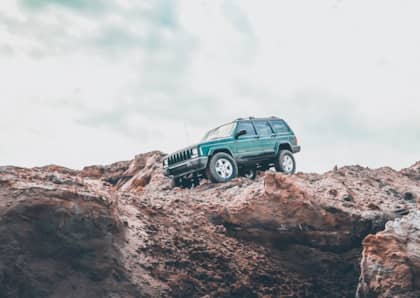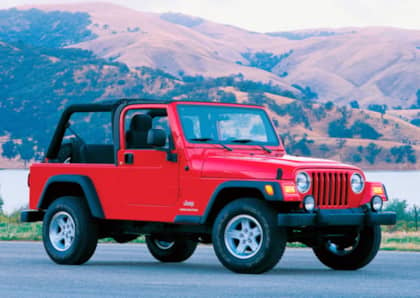Jeep Cherokee XJ Buyer's Guide
It has four doors, solid axles, and a ridiculous amount of aftermarket support. While it might sound like we’re talking about the wildly popular Jeep Wrangler Unlimited JK, we’re actually referring to the more budge- friendly seven-slot 4x4, the Jeep Cherokee XJ.
Spanning from 1984 to 2001, the Cherokee is one of the best bang-for-your-buck 4x4s money can buy. While used prices have going up a little over the years, they are still a bargain for anyone looking for a quality four-wheel drive.
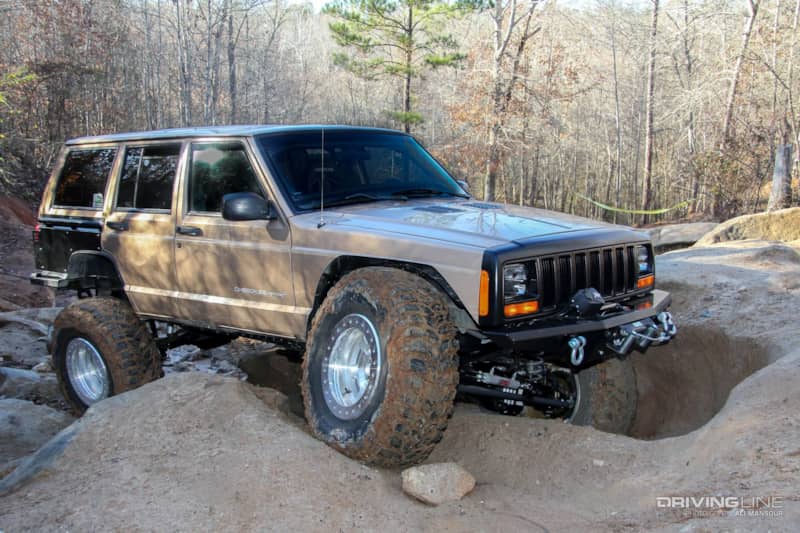
Sure, the XJ’s Unitbody isn’t as robust or desirable as body-on-frame construction, but the reinforced sheetmetal keeps the weight down and can be strengthened where it’s needed. We’re fans of the 1997 to 2001 model years as they were fit with a more modern interior and slightly sleeker exterior. If style isn’t really a concern to you, we still say to keep your search parameters to the 1991 and newer vehicles.
To give you a bit more direction, we’ve put together a buyer’s guide to make you a touch savvier on the ‘wheeling ready SUVs:
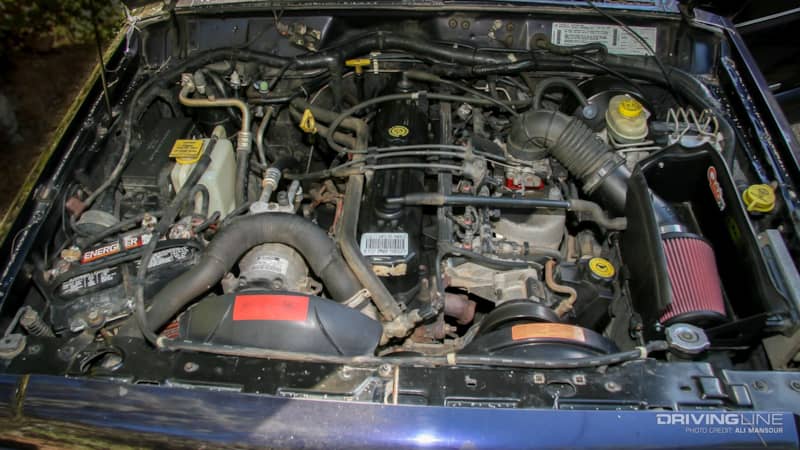
Go 4.0
When it comes to engine options, you want the 4.0L inline-six. While the first year for the 4.0L was 1987, you’ll want to hold out for the more powerful High-Output version that come onto the scene in 1991. The early models had a closed-loop cooling system, which is known to be problematic, but can easily be upgraded to the later-model open-style system. With roughly a 190 horsepower on tap from the early 90’s trucks, they had plenty of pep on-road and off.
While there were a few tuning upgrades (an equal-length intake in 1999, and a switch to spark packs in 2000), the classic inline remained basically the same throughout its last decade of production. The most common issues are a leaky rear main seal and a cracked header. Despite those slight negatives, the 4.0L is known to chug on well past 200,000 miles.
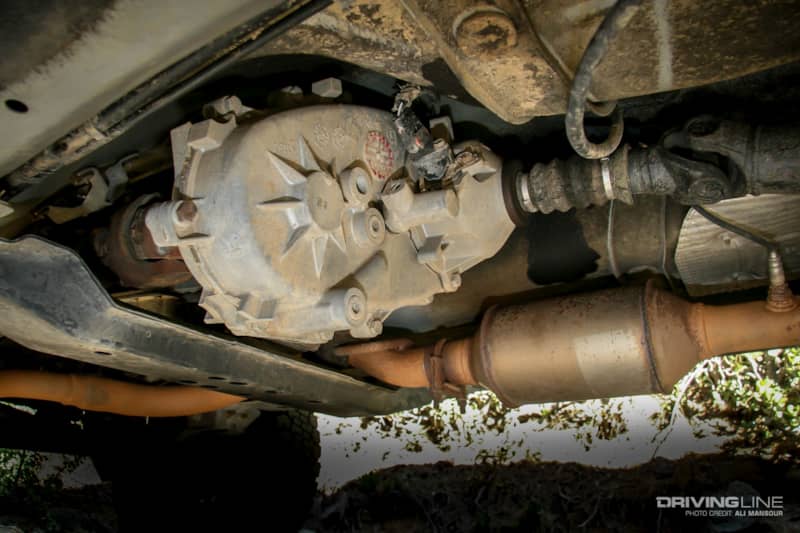
Four-Wheel Drive
Not all XJs were four-wheel drive, so make sure the one you are looking at is. Converting one to a 4x4 may seem easy, but it will be cheaper and less hassle to start with a four-wheel-drive model. The 1991 to 2001 XJs came with either an NP231 or NP242 transfer case.
Both have the same 2.72:1 low-range gearing, but the NP231 has slightly more aftermarket support. If you plan to do a fair amount of on-road snow driving, the NP242 T-case is slightly more desirable as it came with a part-time four-wheel-drive setting, which is ideal for wet/snowy road conditions.
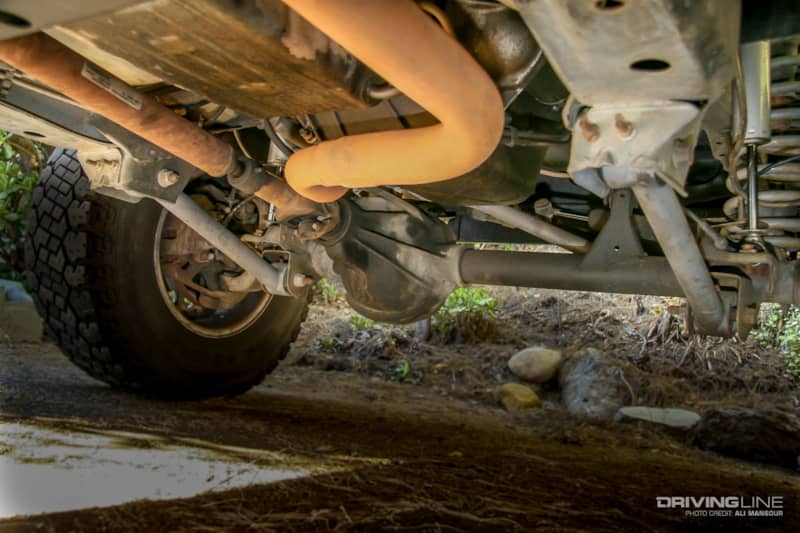
Axle Notes
From 1984 to 2001, the Jeep Cherokee XJ used a Dana 30 front axle. Early models were fit with vacuum disconnects, which can be problematic, but there are upgrades available. Post 1992, the vacuum actuator was eliminated and the high-pinion frontend would stay around until mid-1998. Post ’98, the Cherokee would share the Jeep Wrangler TJ low-pinion Dana 30 front axle, which isn’t as strong. This is due to the low-pinion design powering on the weaker coast side of the gear. The easy-to-break Dana 35 rear axle was thankfully used mostly in pre-90s era XJs.
Most of your later-model XJs will have the more desirable 29-spline Chrysler 8.25-inch rear axle. It’s not a huge upgrade over the Dana 35, but it can handle up-to a 33-inch-tall-tire.
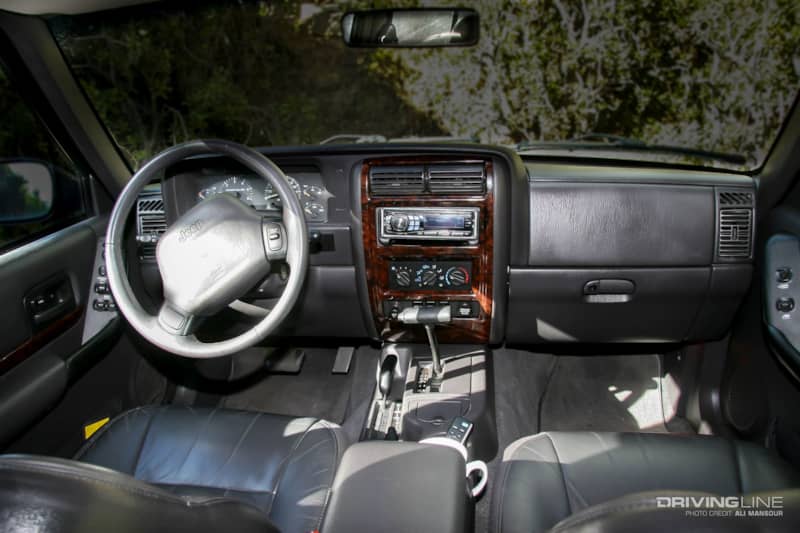
Classic Looks
The Cherokee’s cab is a little snug, but roomy enough for four adults. The 1997 to 2001 interior (shown here) is slightly more refined, but not exactly night and day from the older offerings. Both setups are very functional and comfy, but we prefer the later-models.
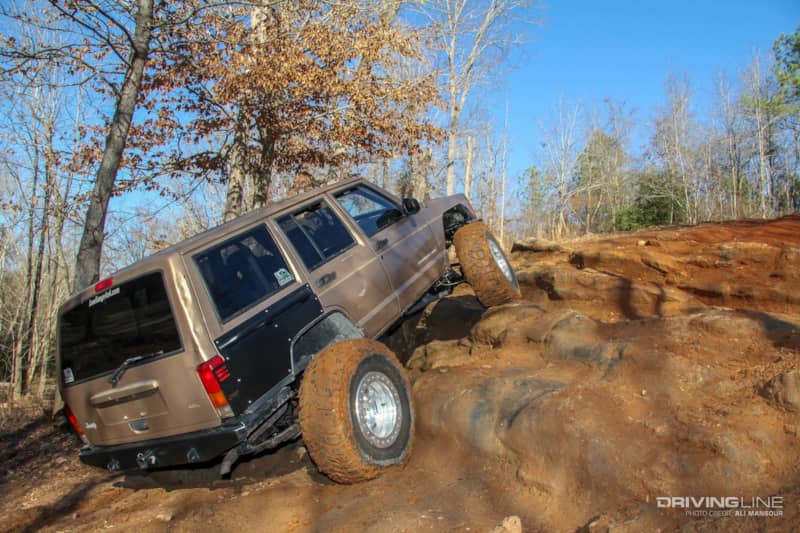
Gate Changer
From 1984 to 1996, the Cherokee’s rear hatch was comprised of fiberglass. These are known to crack, especially when ‘wheeled hard. In 1997, Jeep switched over to a steel hatch, which was less prone to damage.
Notes On Automatics
After 1987, all XJ’s optioned with an automatic were built by Aisin-Warner. The four-speed AW-4 is generally trouble-free, so long as basic care and maintenance was followed. For our money, we’d opt for an automatic XJ. If you really want to row gears, you can find some five-speed manual Cherokees.
If you still can't decide between automatic or manual, we put together a myth-busting guide to the best kind of transmission for the trail.




